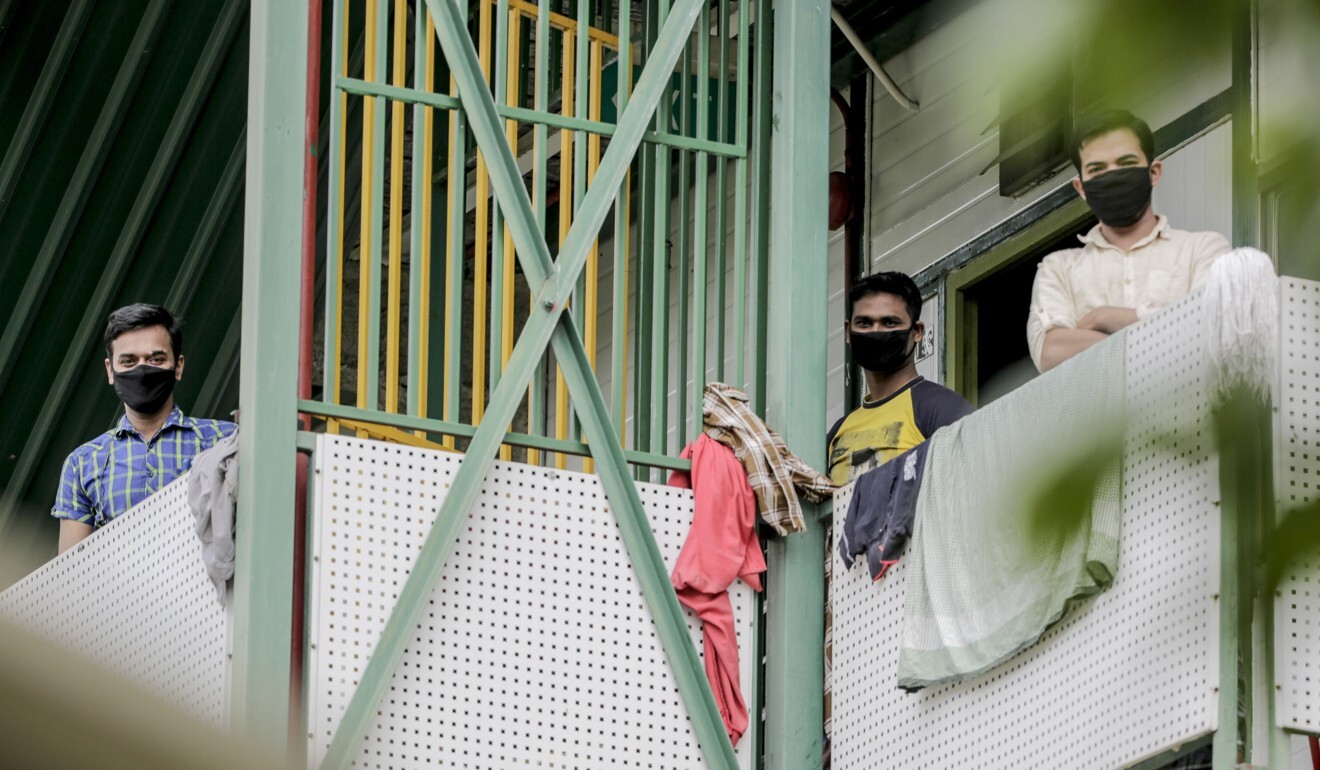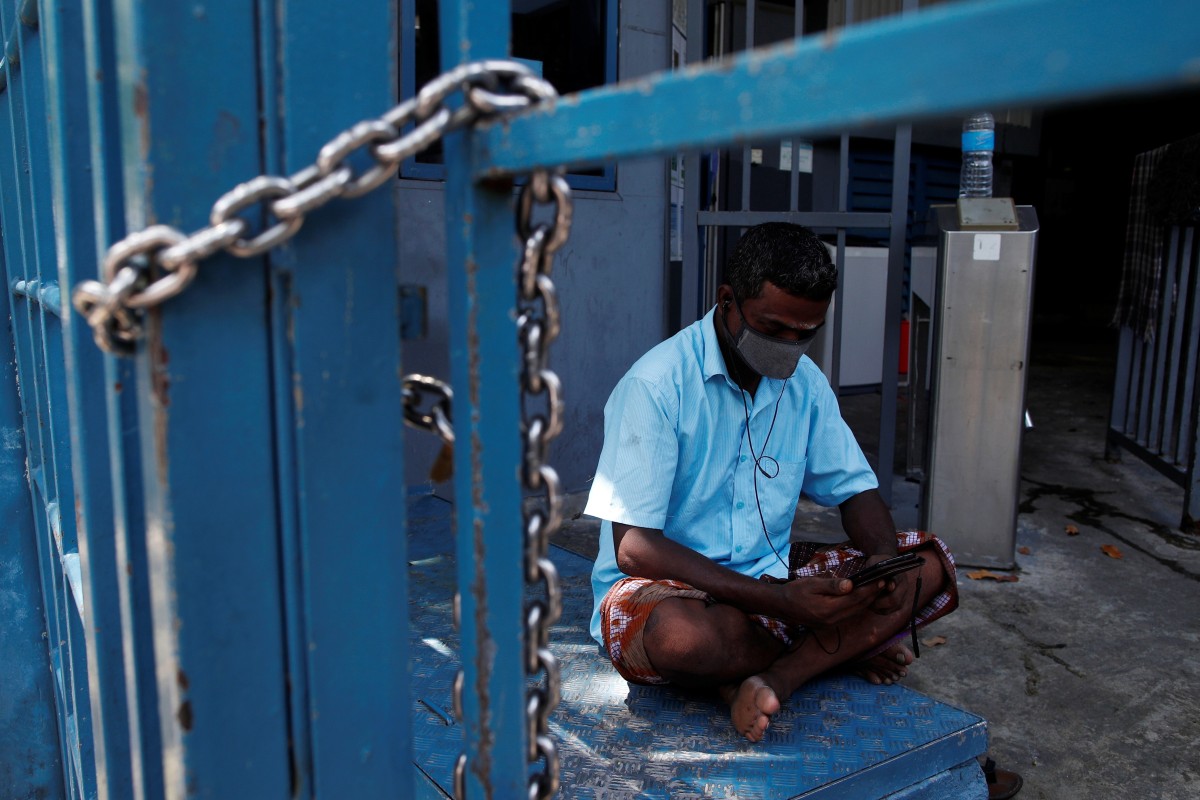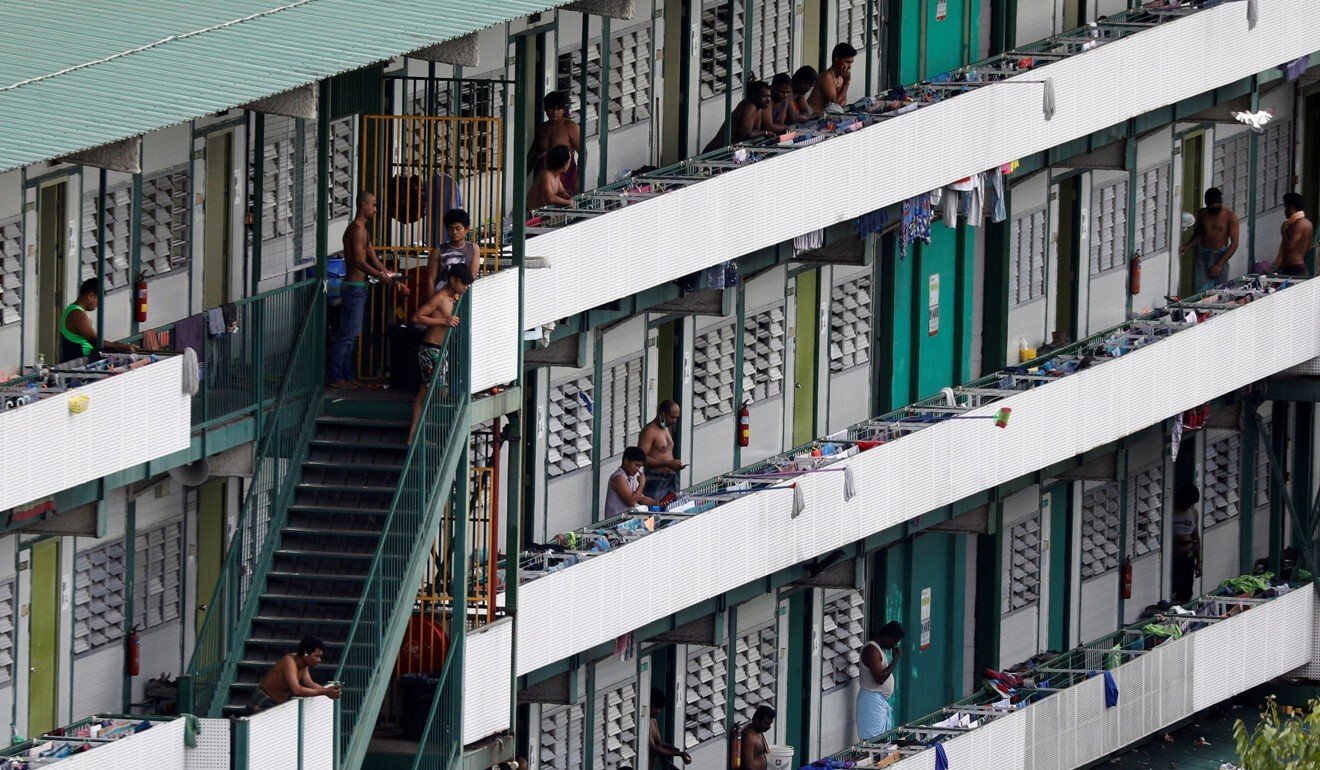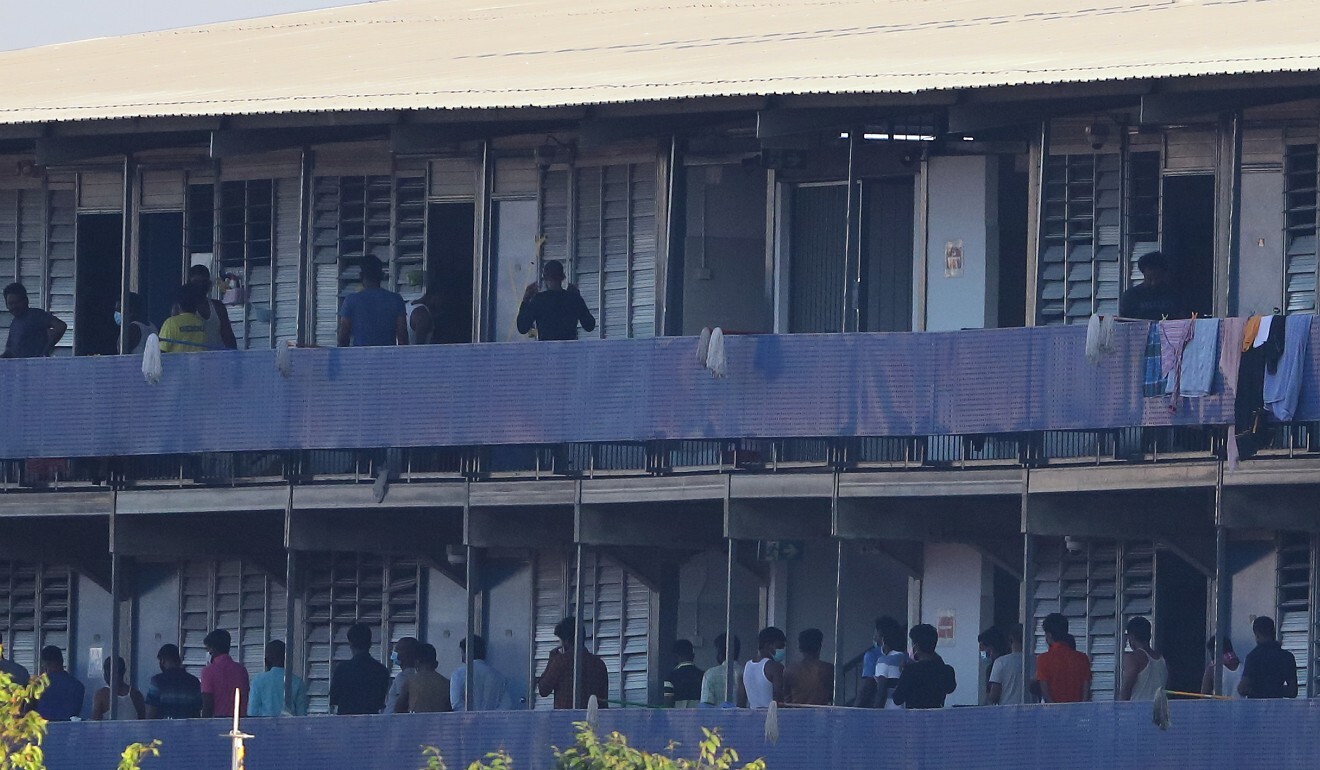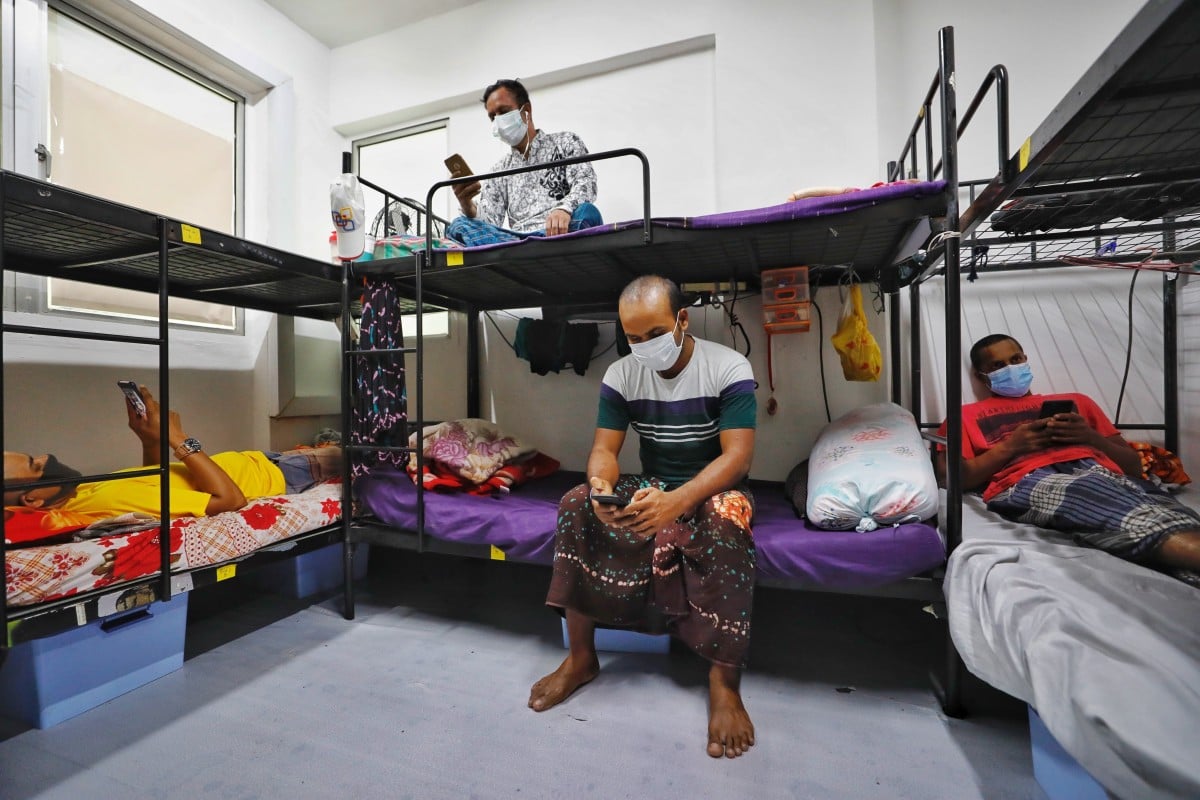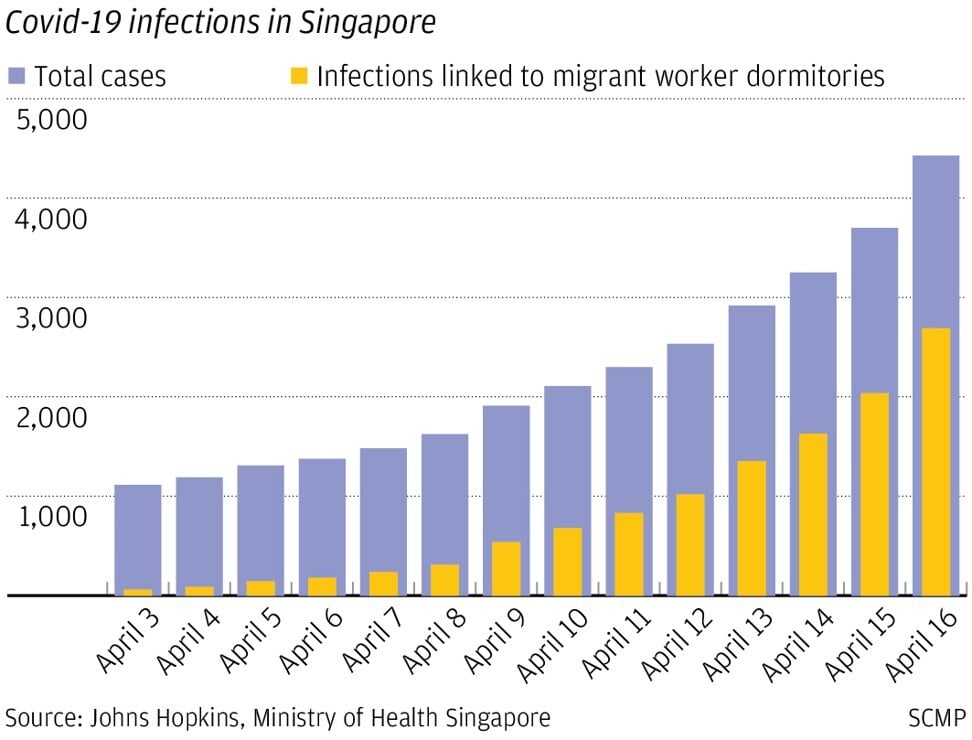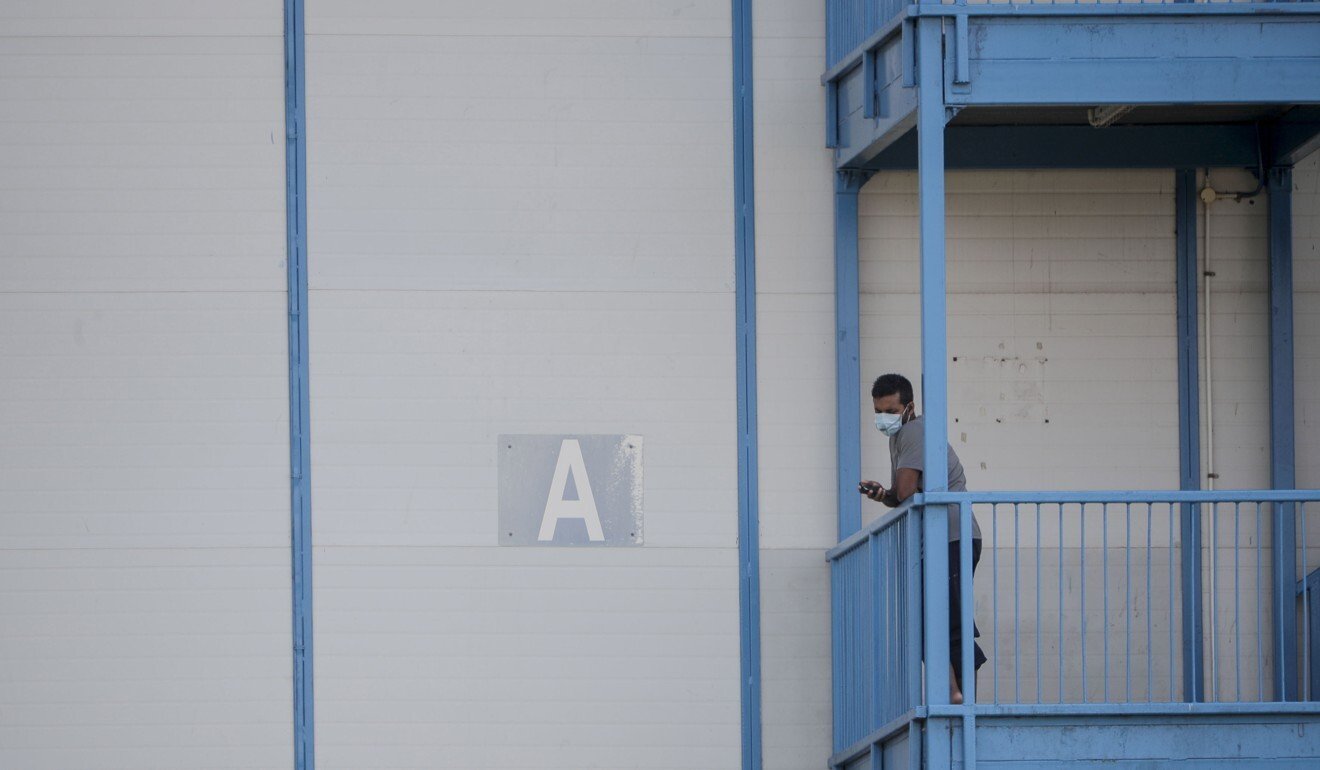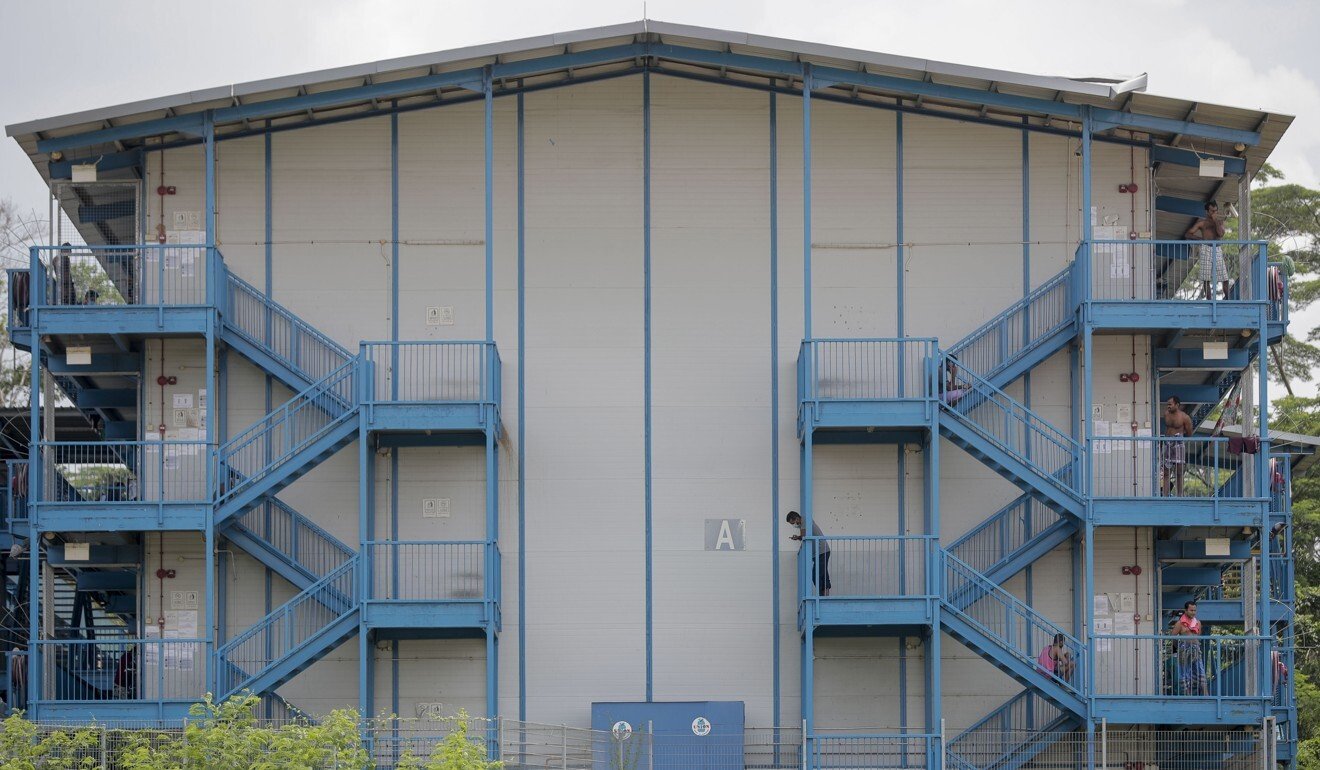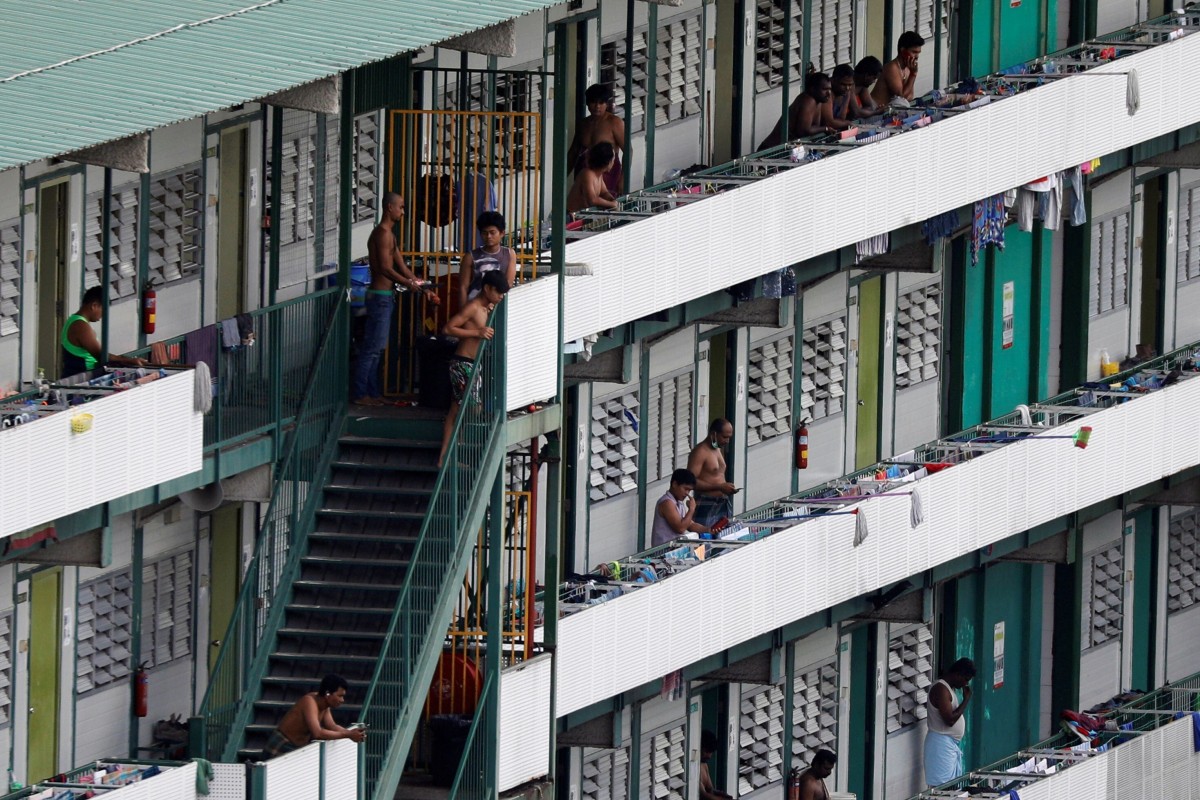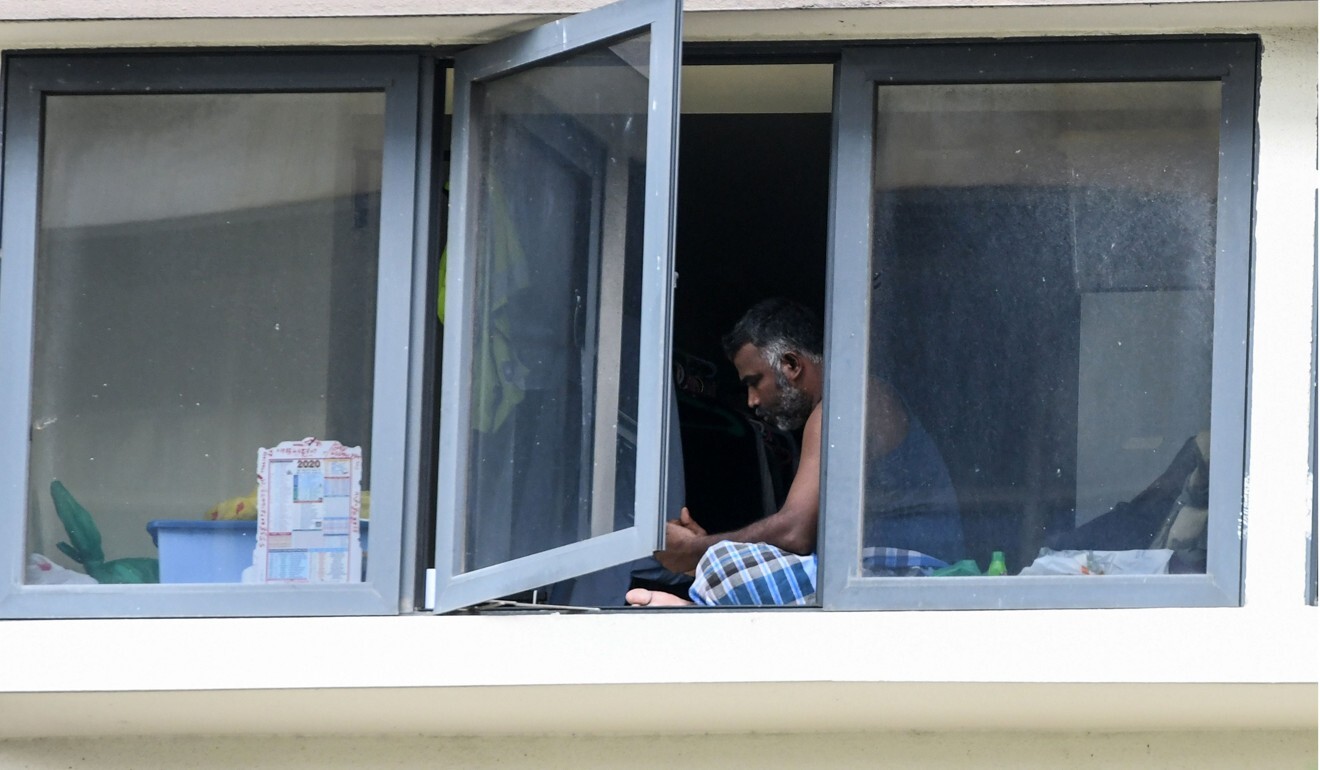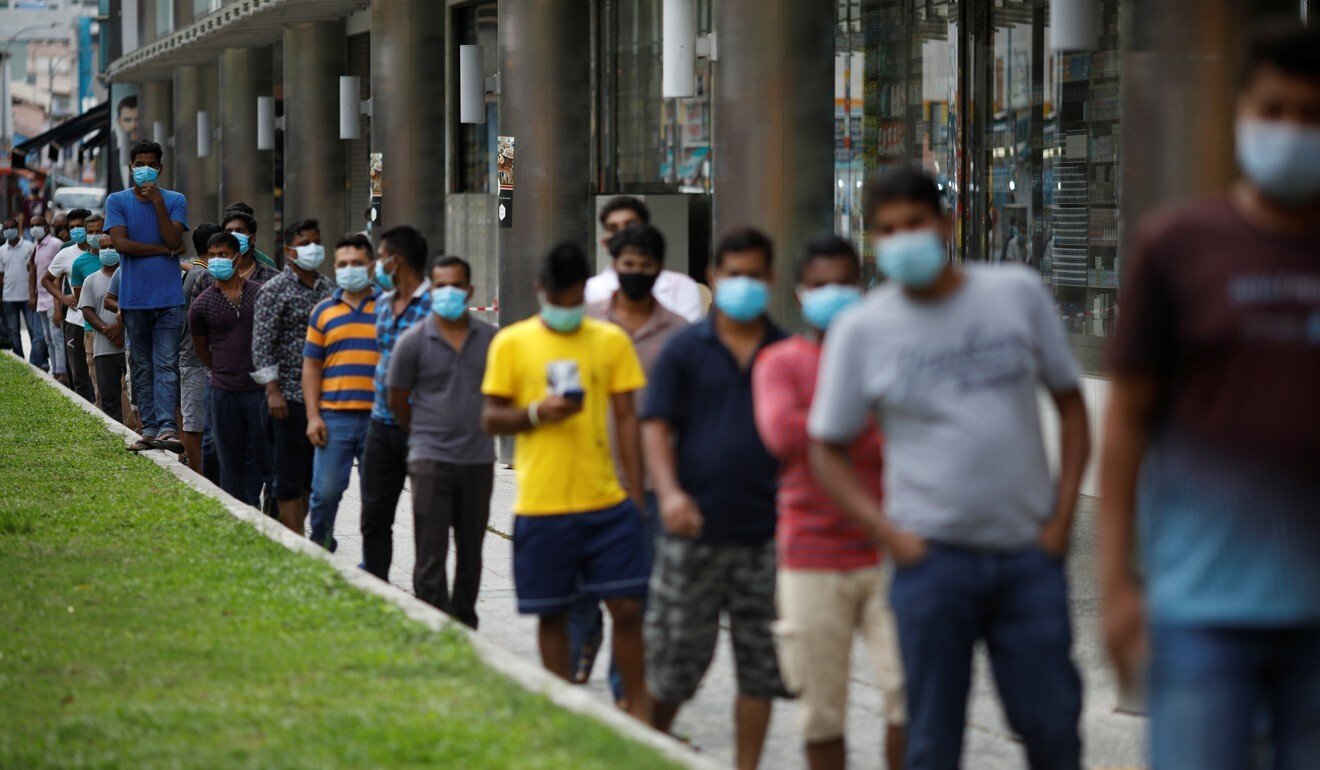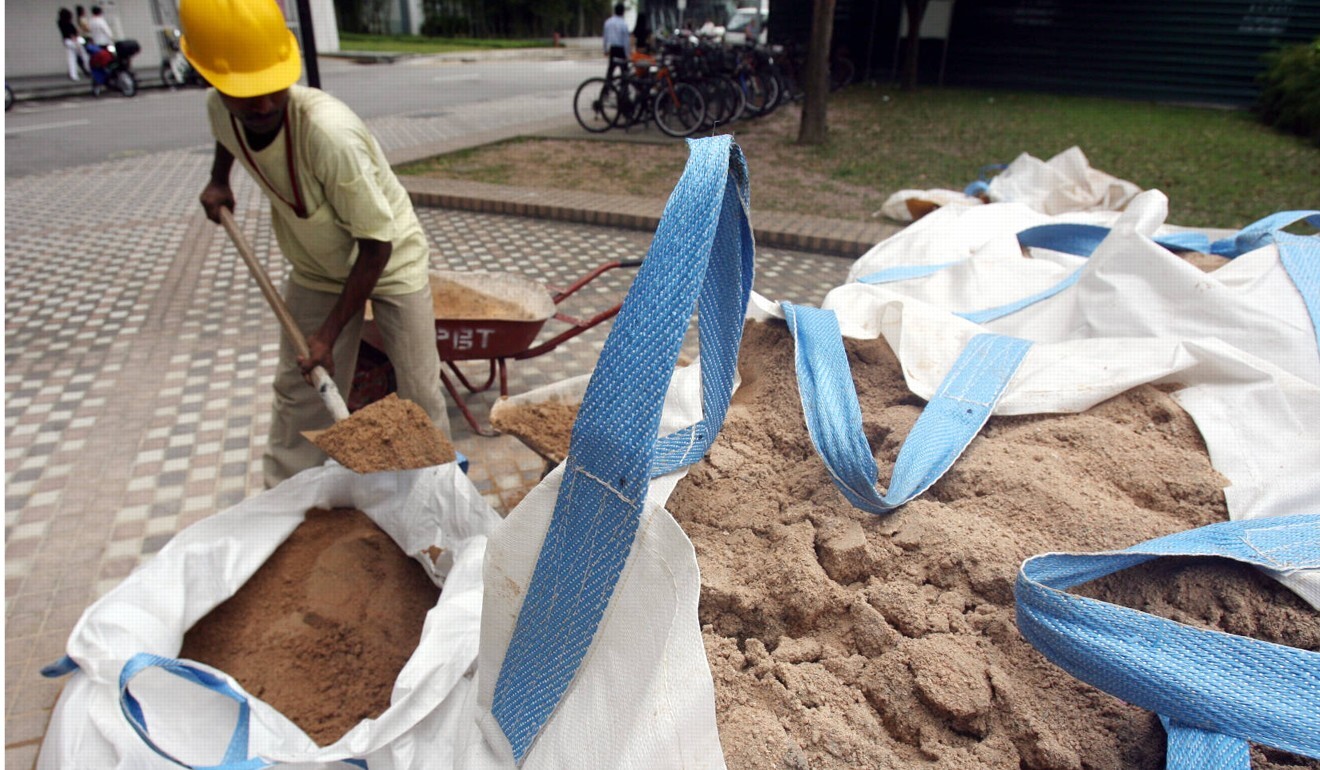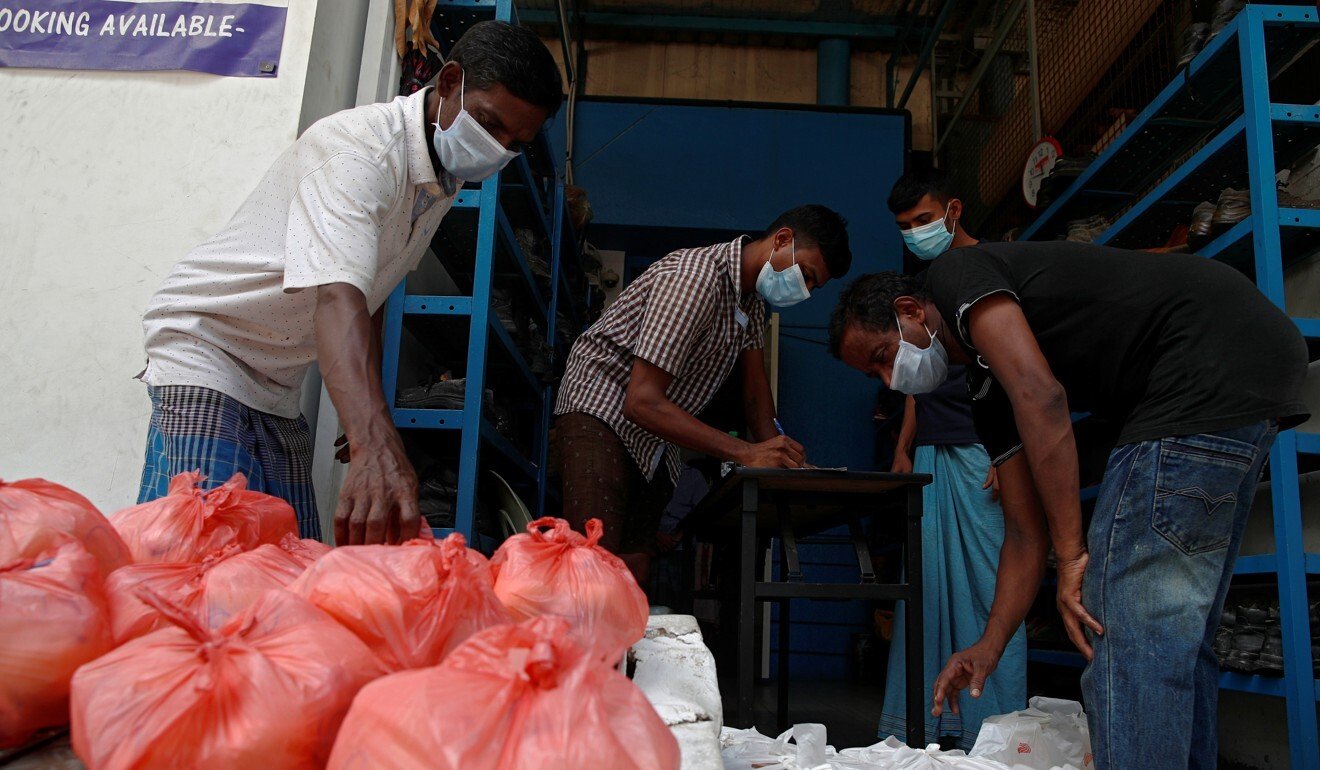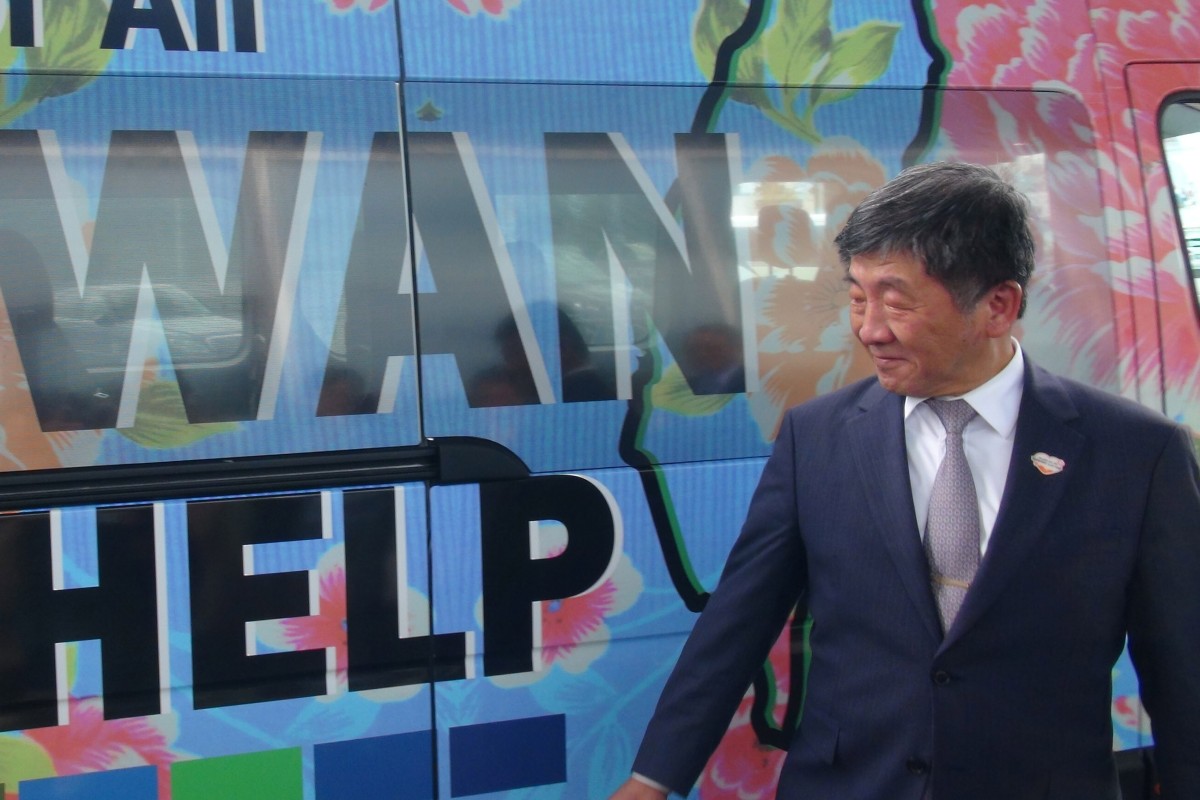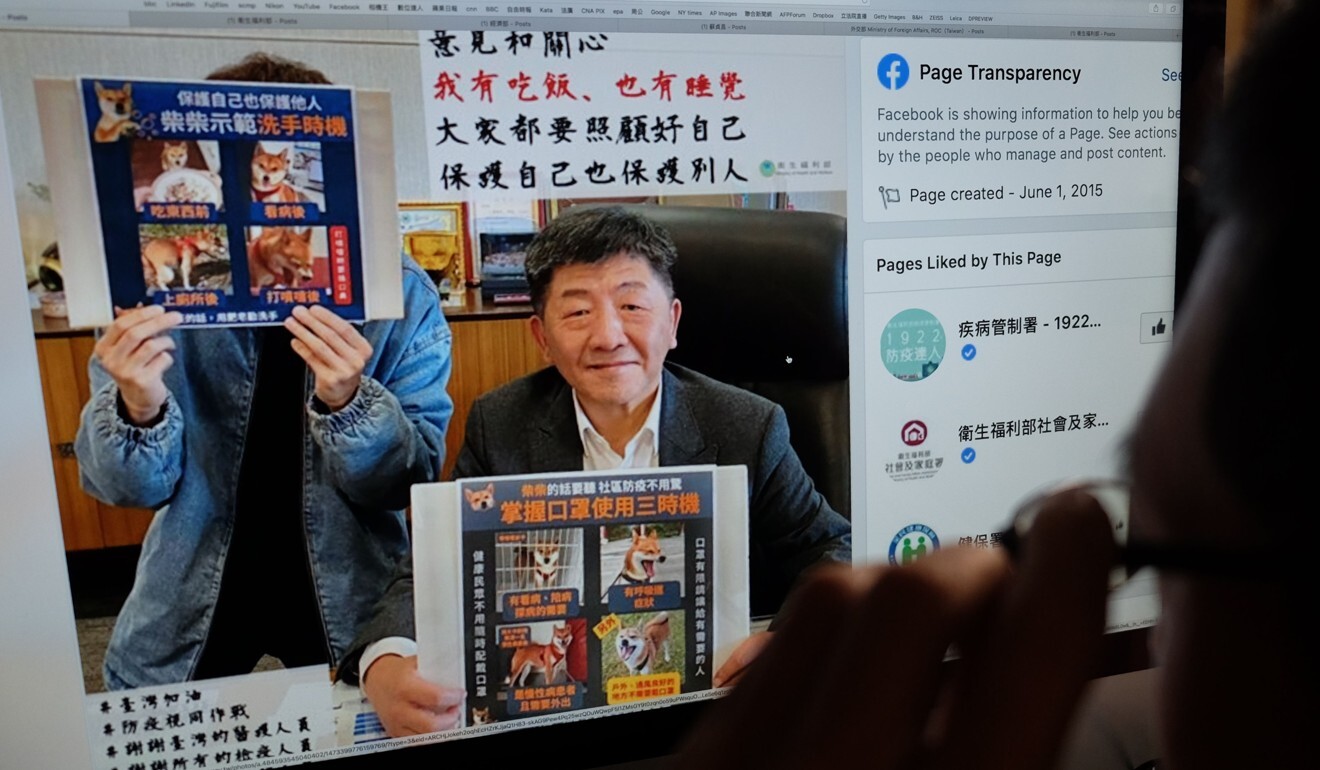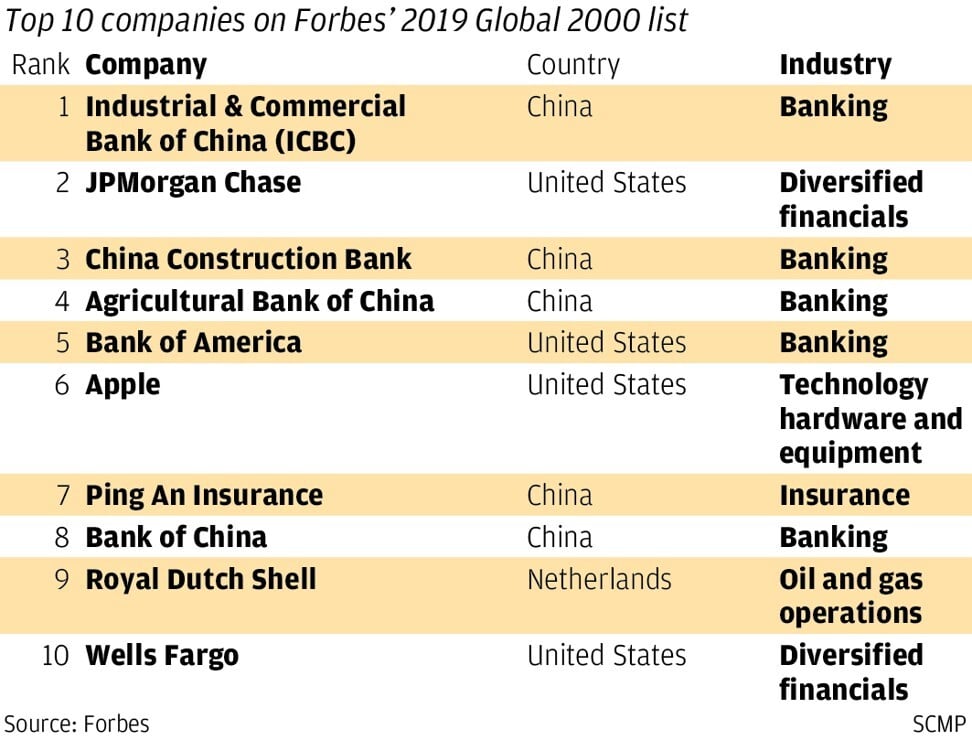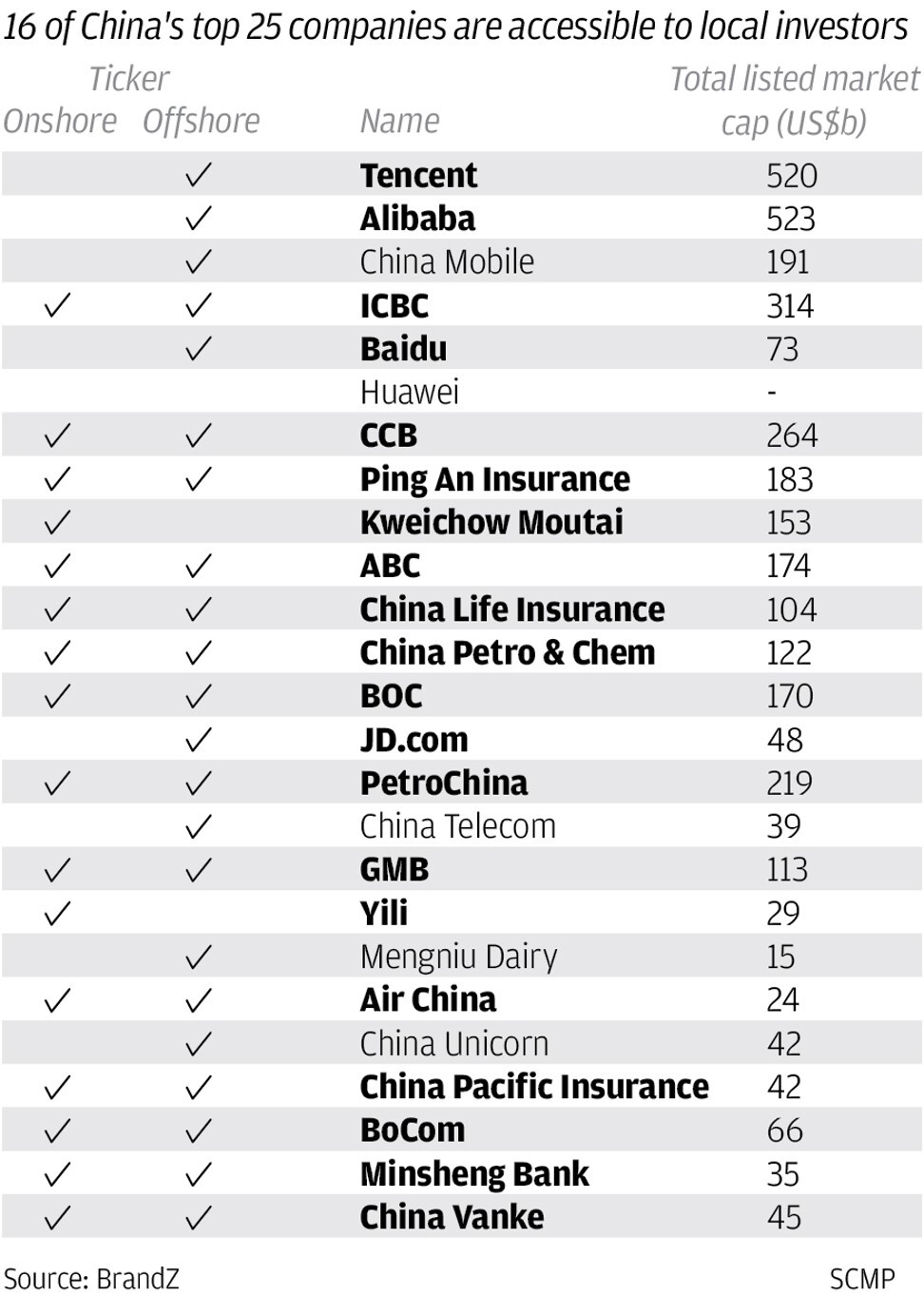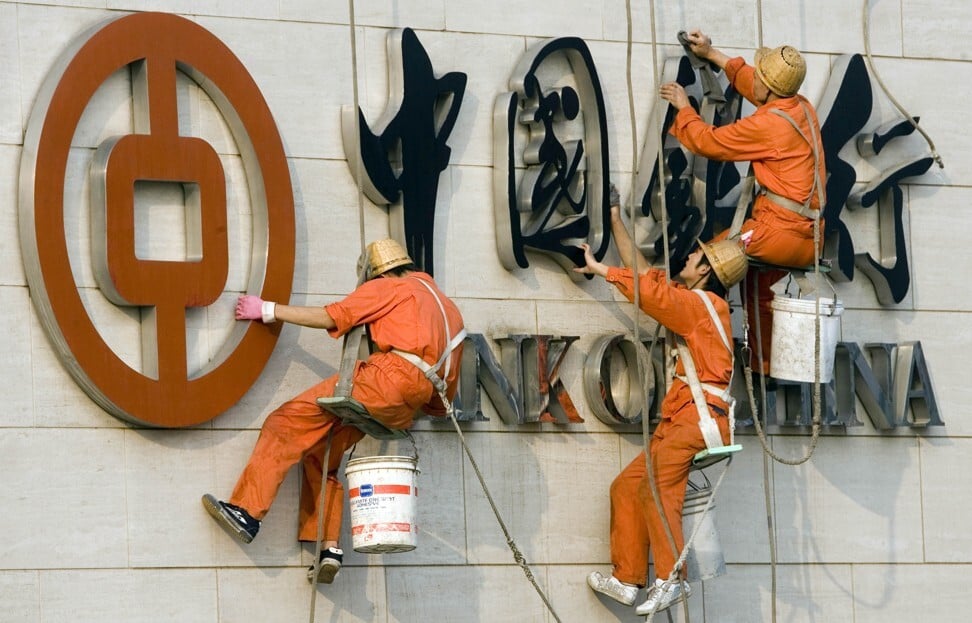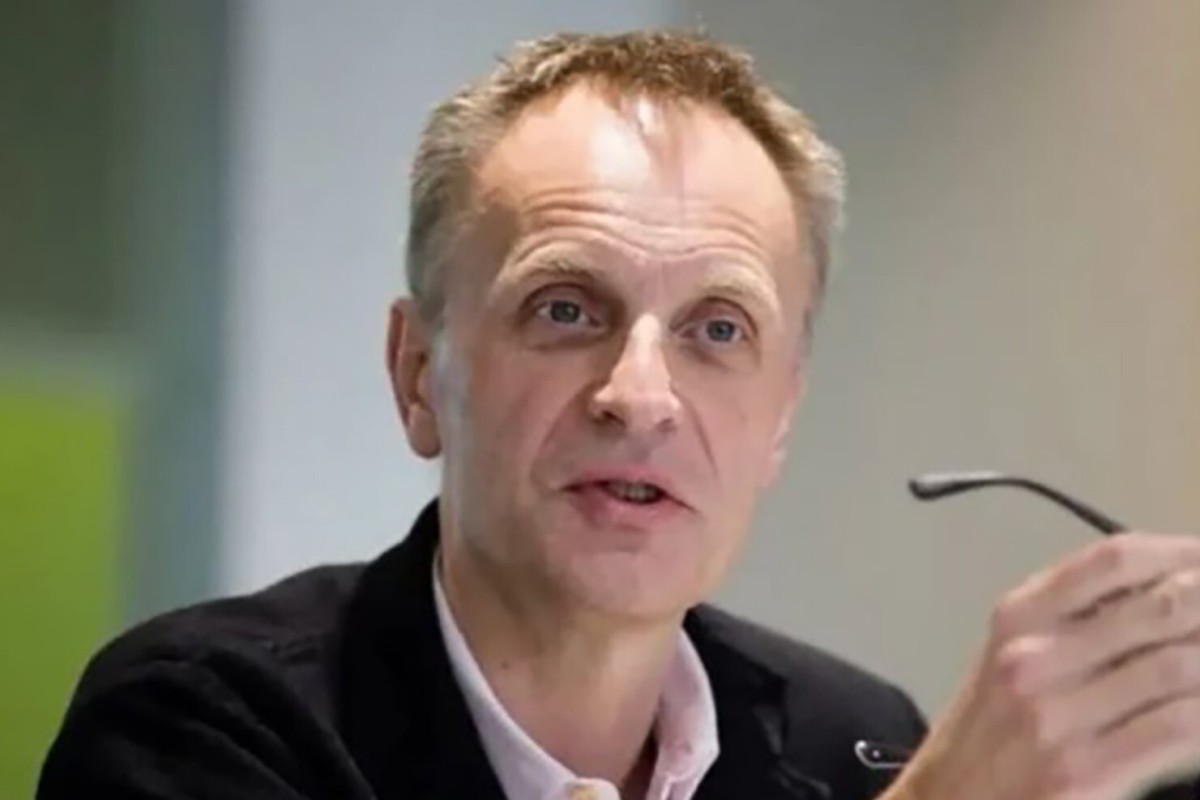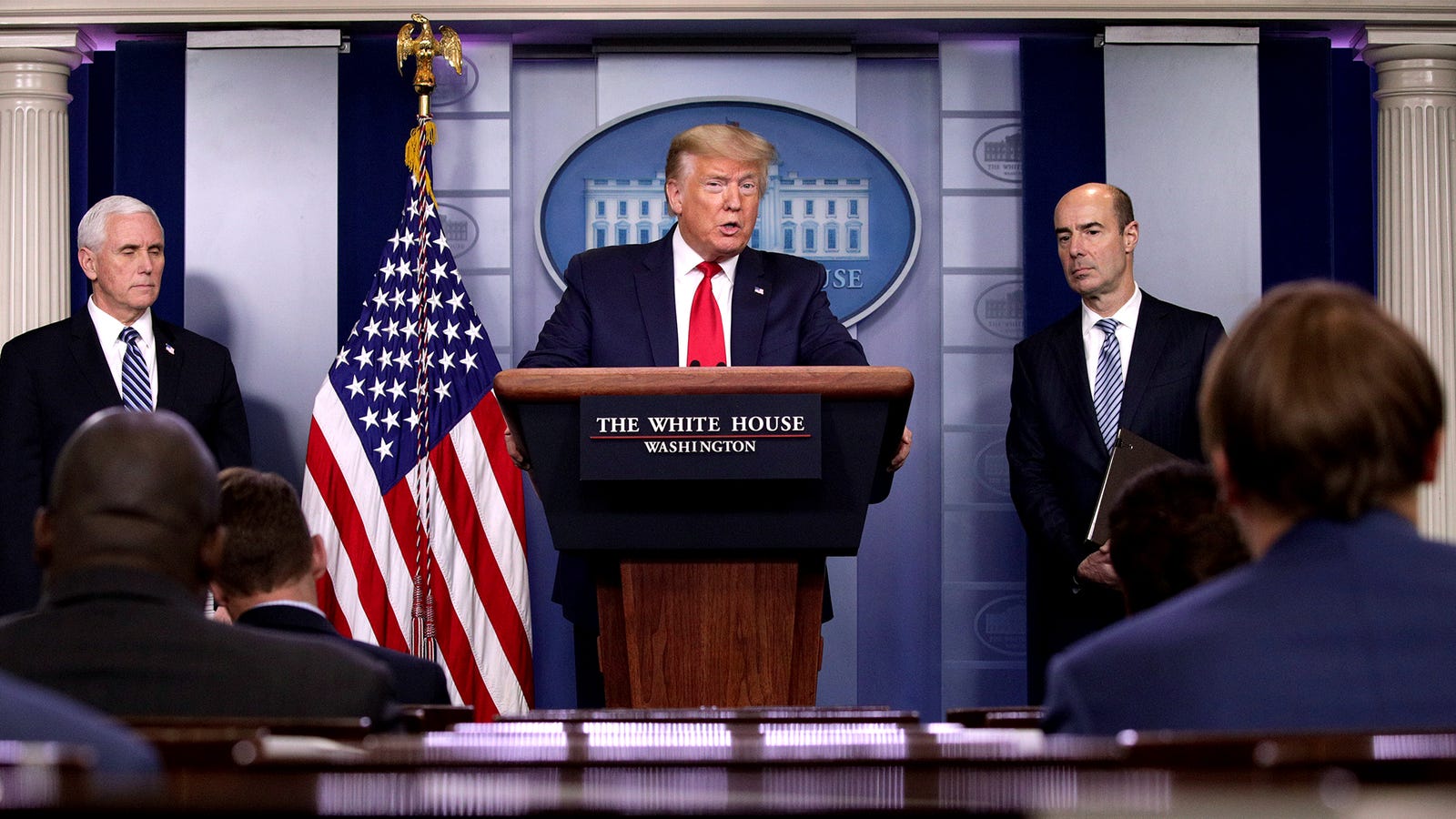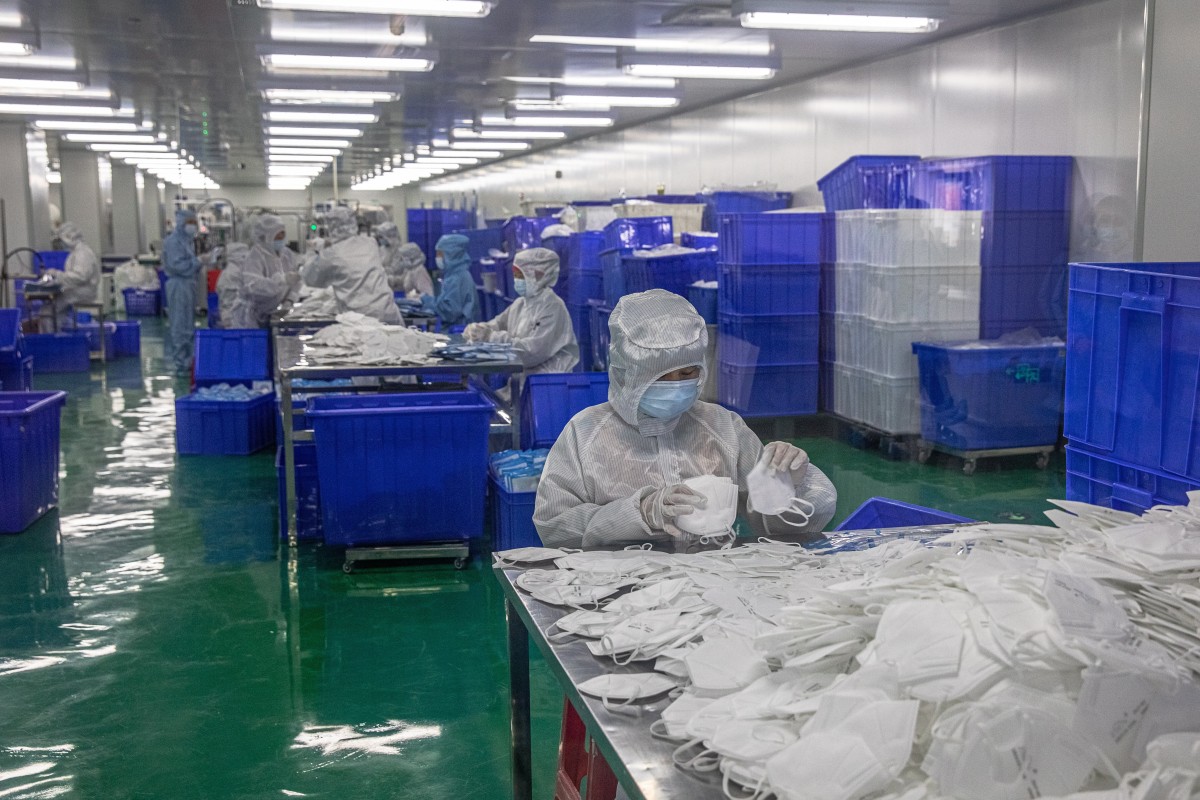The last time the government sought a ‘warp speed’ vaccine, it was a fiasco It was 1976, and President Gerald Ford was racing to come up with a vaccine for a new strain of swine flu ........... The federal government has launched “Operation Warp Speed” to deliver a covid-19 vaccine by January, months ahead of standard vaccine timelines. ...The last time the government tried that, it was a total fiasco........... The government had never attempted such an endeavor — both in its breadth and speed. .......Almost immediately, there was chaos............ One manufacturer produced 2 million doses with the wrong strain. As tests progressed, more scientific problems emerged — even as there were few, if any, signs that a pandemic was materializing. In June, tests showed the vaccine was not effective in children, prompting a public squabble between Salk and Sabin over who should be vaccinated. .......... There were reports of sporadic deaths possibly connected to the vaccine. Cases of Guillain-Barre syndrome also emerged, and are still cited today by the anti-vaccine movement. Panic emerged, with dozens of states pausing vaccinations. .......... By December, following 94 reports of paralysis, the entire program was shut down. .......... Almost immediately, in grand Washington fashion, fingers were pointed. Scientists and government officials turned on each other, with allegations that Ford acted recklessly for political gain without knowing for sure whether a pandemic would emerge — an impossible predictive game, his defenders argued.......
The recriminations were fueled by the fact that the swine flu pandemic hadn’t materialized.
.......... Ford had the initial backing of the world’s foremost vaccine experts — Salk and Sabin.Smallest caseload to biggest death toll: Coronavirus decimates D.C.’s poorest ward “We’ve been suffering from people dying in Ward 8 for the last 30, 40 years,” he fumed, listing the reasons: diabetes, high blood pressure, asthma, suicide, homicide. “It’s always people of color dying in the city. It’s not nothing new.” .............. For decades, the neighborhoods east of the Anacostia River — a stretch encompassing the poorest and most heavily African American population in the nation’s capital — have contended with an array of seemingly intractable challenges that include unemployment, violent crime, and drug addiction. ........The coronavirus has added a new layer of lethal pain. ......... As a council member, White (D) is known more for street activism and showing up at crime scenes than for policy proposals. He is often compared to the late D.C. Mayor Marion Barry, who also represented the ward, though White delivers his populist touch on social media as well as in person. ........
“ ‘You don’t deliver food by phone’ — I want you to get that quote,” he said, repeating the line for emphasis
one afternoon as he dropped off dinners at a public housing complex. ........ When he urges people to disperse, he said, “They go off and they come right back.” ........ On April 19, he posted on Instagram that Veronica Norman, 76, his grandmother, had died. Her family had urged her to retire from the nursing job she held for 40 years at St. Elizabeths Hospital. ...... She kept working until her last days........ The coroner, White wrote, declined to transport her body to a funeral home “because it [was] a COVID-19 case.” ...... “This broke us down even more.” ....... The pandemic has exacerbated the ward’s socioeconomic challenges, including an 11 percent unemployment rate as of February, the highest in the city. As the health crisis deepened, people lost restaurant and service jobs. Others were forced to work at home, often in cramped apartments, alongside children navigating school online. ........“I have families calling because they’re literally losing their minds,” she said. “People looking for food, for testing. They’re breaking emotionally.”
....... “Most of our focus is usually on stopping violence and helping people get jobs,” said Derek Floyd, a community activist and hip-hop artist who was distributing food one recent afternoon. “Now it’s about keeping the desperation at bay as much as we can. It’s about the basics — food, masks and gloves.” ....... As he traverses the ward, dreadlocks falling down his back, White describes himself as a one-man “social services office.” He is known for his relentless activism and nexus of relationships ....... Two years later, White was widely rebuked and accused of anti-Semitism after posting a Facebook video in which he espoused a conspiracy theory that the Rothschilds, a Jewish banking family, controlled the weather. ......... “Happy corona day,” Pepi Miller, 52, a laid-off welder, said as White passed out groceries the other day from the back of a van in Anacostia.“I have no money, but look at the bright side: I’m not dead.”
....... A couple of hours later, White appeared on a friend’s Instagram live broadcast. The topic of discussion was anxiety and depression. ....... “There are a lot of people who may lose their jobs, their career, their house, their apartment and some people might lose their minds,” White said.Coronavirus News (74) https://t.co/Out1z5Qgrq #coronavirus #coronavirusuk #CoronavirusPandemic #COVID__19 #COVID2019 #Covid19UK #COVIDIOT #LOCKDOWN2020 #Pandemie #TrumpLiesPeopleDie #TrumpIsNotADoctor #TrumpVirus
— Paramendra Kumar Bhagat (@paramendra) May 3, 2020










